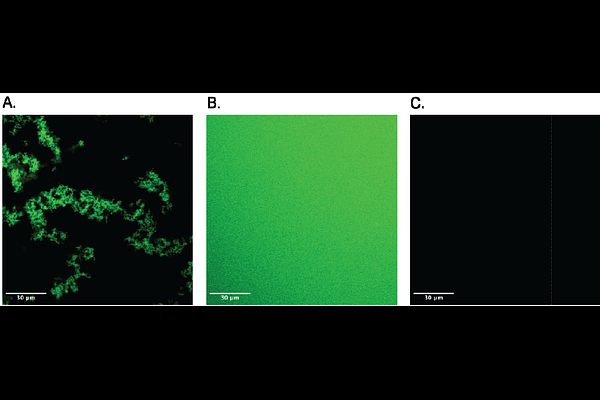Quantitative Thermodynamic Characterization of Self-Assembling RNA Nanostructures

Quantitative Thermodynamic Characterization of Self-Assembling RNA Nanostructures
Aposhian, J. S.; Deopa, S. P. S.; Horowitz, S.; Yesselman, J. D.
AbstractRecent developments in RNA nanotechnology have led to the rise in designing specific higher order RNA structures with functional goals in mind, such as drug delivery and immunomodulation. As researchers create RNA nanostructures with the goal of becoming common in the molecular biologists\' toolkit, more investigation is required on the robustness of RNA designs. Primarily, what different molecular contexts are the designed and intended nanostructures stable in? In this work we show that by using second-order right-angle light scattering, that RNA nanostructure self-assembly is highly sensitive to environmental conditions. While a test RNA hexagonal grid nanostructure that forms correctly though 120{degrees} kissing loops under ideal conditions, small variations in salt conditions and annealing times cause the nanostructure to form less structured variants. Tertiary contacts for self-assembly require magnesium and break over a broad range of low temperatures, melting at 42 {degrees}C. In contrast this was found to be considerably lower than the secondary structure melting which occurred at 75 {degrees}C. This work underscores the importance of quantitative and thermodynamic characterization of self-assembling nanostructures as they begin to be deployed for engineering and therapeutic applications.